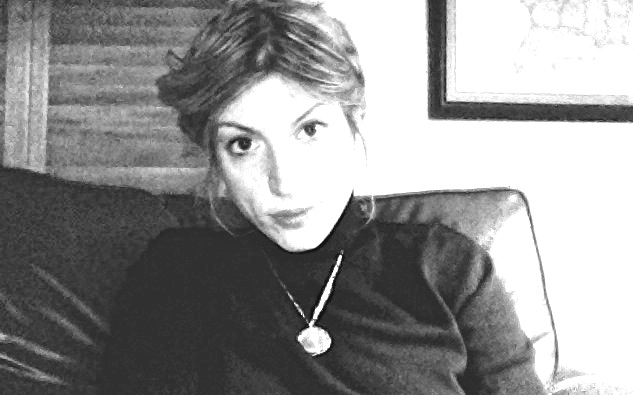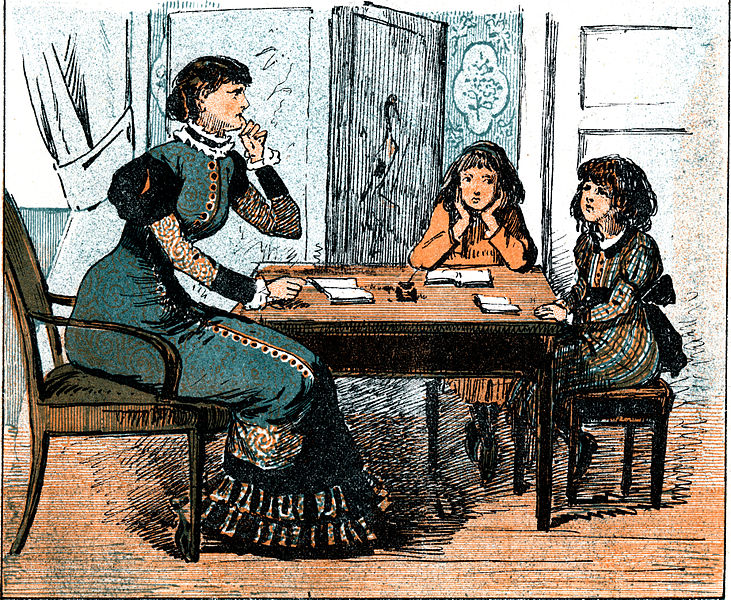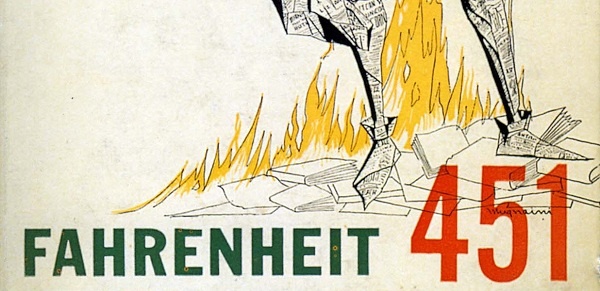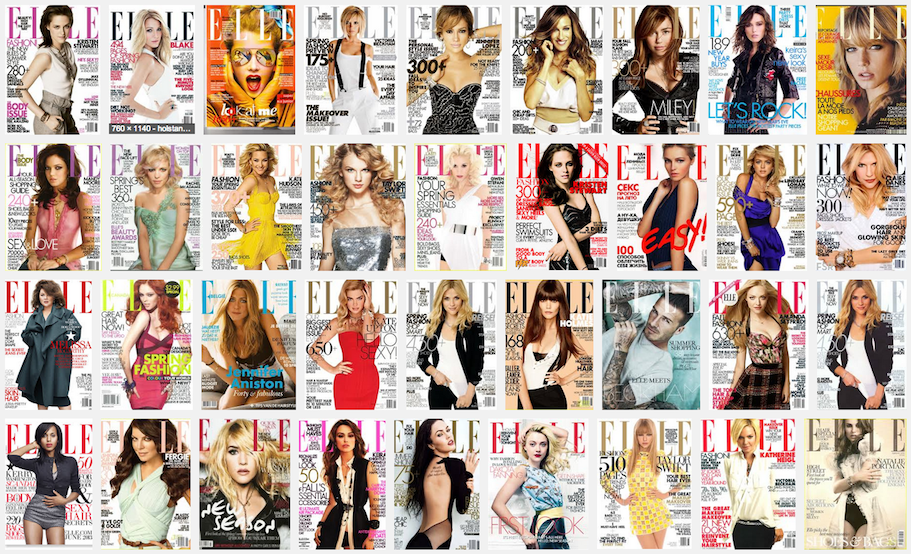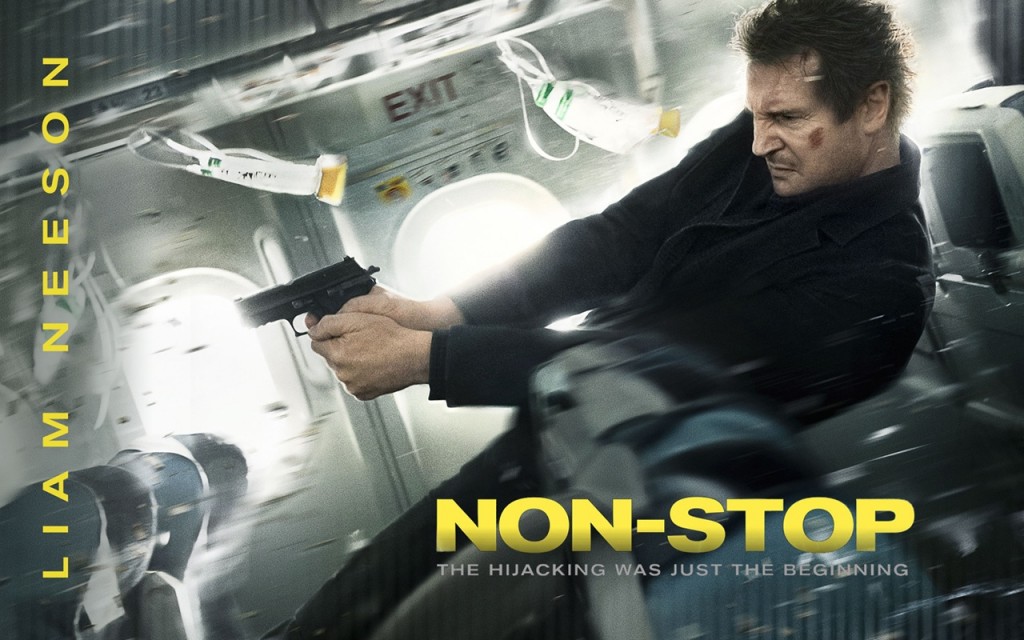
For years, a conflict has raged within me:
Is Hollywood destroying humanity or am I just no fun?
A couple months ago, my internal struggle was refreshed with the blood of Godzilla, which remains the last movie I saw, in the theater or otherwise.
Yuri and I had a night off, and I was actually the one who suggested we go. I’ve been to the movie theater maybe five times in two years. I completely get that many folks love movies — my sister and her fiance work in the industry and I have tremendous respect for them, their art, and their specific path — but feature films just aren’t my jam. I don’t see a lot of movies like I don’t read a lot of fiction. I’m a documentary-lovin’, non-fiction readin’ real-time junkie. I feel manipulated by film, I guess, and not in a good way. Still, every once in awhile, there’s a film that looks like such pure spectacle, such pure, 21st century American entertainment, I gotta do it. It’s like eating a Cinnabon or a Auntie Anne’s pretzel once every couple of years: indulging feels very wrong/momentarily good. The 2014 remake of Godzilla looked cool from the previews my sister Nan played for me; the monster was so big! The cities were so small!
“Yuri, let’s go see Godzilla.”
“Seriously?”
We got our tickets and sat down with cups of tea and smuggled chocolate, fully prepared to be entertained. I had an open mind. I really wanted to have fun.
But I didn’t have fun. Because Hollywood sucks. Hollywood creates a facsimile of life for scores of people whose general well-being I care about. Hollywood cheapens the human experience. At its best, Hollywood inspires great floods of emotion that can be cathartic. But at its worst, Hollywood movies are irreverent, disrespectful, and hypnotic. And false. And confusing. And they are all expensive.
My main trouble wasn’t with Godzilla. It was not a great movie, but that’s okay. I was more troubled by the previews, the first one for a Scarlett Johannsen film coming out soon called Lucy. In the preview, we see a clip of Johannsen enduring forced abdominal surgery. The bad guys open her belly and insert something inside of her that she must transport against her will, the thing now being inside her and all. I’ve had multiple abdominal surgeries that might as well have been forced — if I didn’t have them, I’d have died so the choice was nil — and take it from me: There is nothing entertaining about being filleted. The reality of that sucks so much. I realize I have personal experience that most folks do not regarding this plot development in Lucy and clearly, I am going to be more sensitive to seeing such an experience portrayed fictionally, but like…can’t you pretend about something else? There’s so much to choose from.
Like…war. After Lucy, there were several previews for war movies where people were getting creamed right and left. Legs were getting blown off. Men were screaming, men were crying. After that, a preview for Non-Stop, which is about an airplane hijacking. Jet black guns, exploding pieces of airplane, crying women with hysterical, terrorized babies, a rugged Liam Neeson flinging himself backward down the aisle, shooting multiple rounds.
Am I missing something? Why is this entertaining? I’m not being rhetorical. I don’t understand. Surgical procedures, wars, gunfire, terrorist plots on planes, and death are things that create suffering. They are realities of life that require seas of compassion and support to endure and process. It’s not funny to see someone get shot to death on a plane flying at 35,000 feet. It’s terrifying. It should be terrifying. I beg someone to explain to me why people spend millions of dollars to create fictional suffering to last on film forever for people to watch in theaters while they sit eating snacks. Escapism? But how?
Maybe I’m just no fun.
That’s entirely possible! I do feel like I have blind spot, that there’s a “Kick Me” sign on my back and I’m just being snippy and snobby and old and lame. Everyone goes to the movies, right? Folks have preferences, too, and discernment. I shouldn’t say “Hollywood is this” because Hollywood is a lot of things and people and there’s good art that comes out of the place, I realize. But just when I was thinking, “Mary, chill. There is more to the movies than the crassness of Non-Stop,” the last preview presented itself. It was for a movie called The Other Woman, in which three hot blondes are real ornery about a man and exact their revenge on him for his misdeeds. There were boobs everywhere. And toilet humor, which is always better/grosser when there are girls involved, I suppose.
It’s just all so hostile. To be sure, there is great cinema in the world, but this is the stuff the general public is eating, the movies that are “in theaters everywhere starting Friday.” Mere blocks from where I sit, there are art house cinemas and legendary film centers that show incredible stories put to film. But people go see the Godzillas and The Other Womanses in Des Moines because that’s what’s playing there. I grew up not far from Des Moines, so I know. If you don’t have options, how can you discern?
No one should be stopped from making whatever sort of movie they want to make. Advocating for censorship will never be on my list of things to do, as much as I dislike these kinds of movies. I’ll just stay home.
(On my list of things to do, “Take on Hollywood” was also not there. Oh well.)

